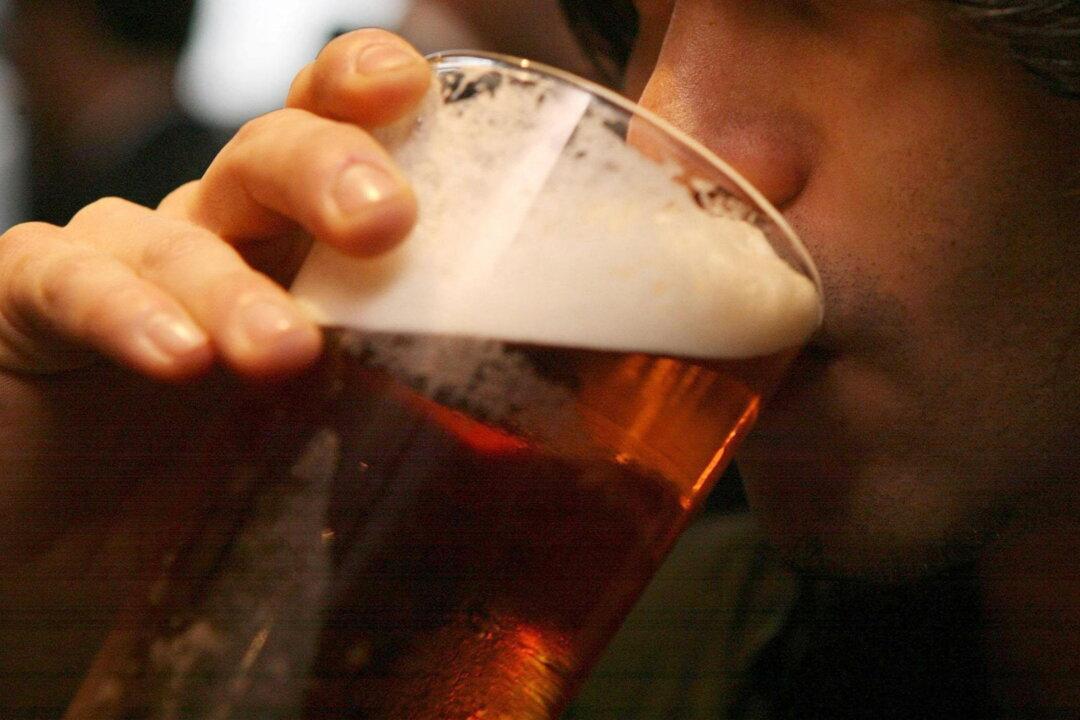Mortality rates in Australia increased 3.2 percent in 2021, with alcohol-induced deaths at the highest rate in a decade, according to the Australian Bureau of Statistics (ABS).
Lauren Moran, director of mortality statistics at ABS, said while the rate of deaths in 2021 had increased on the previous year, it was still lower than the 2019 pre-pandemic death rate.





